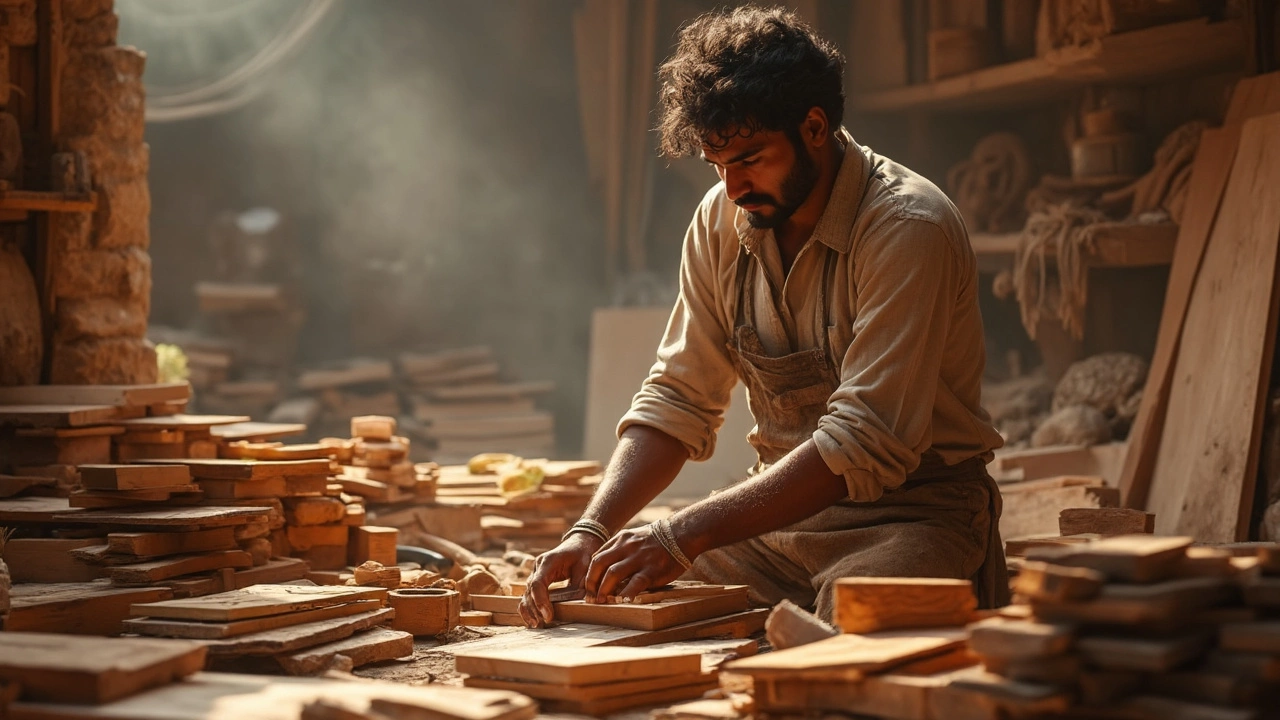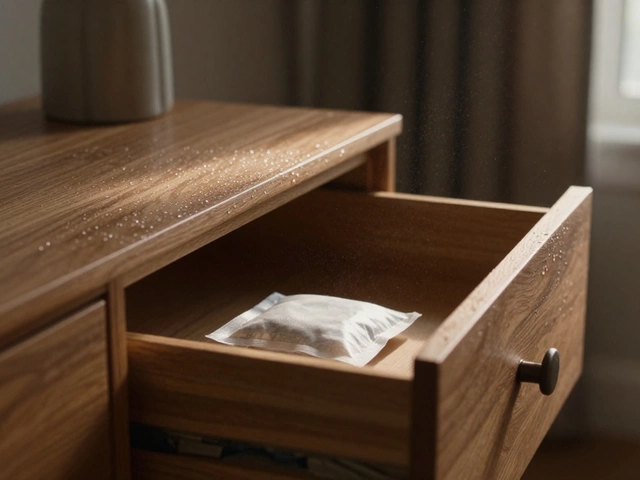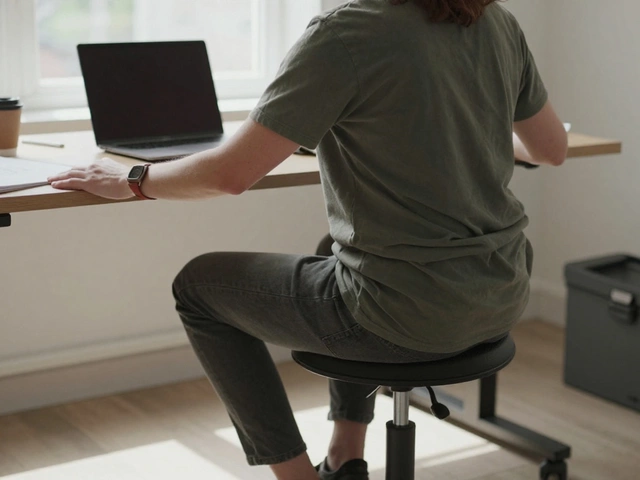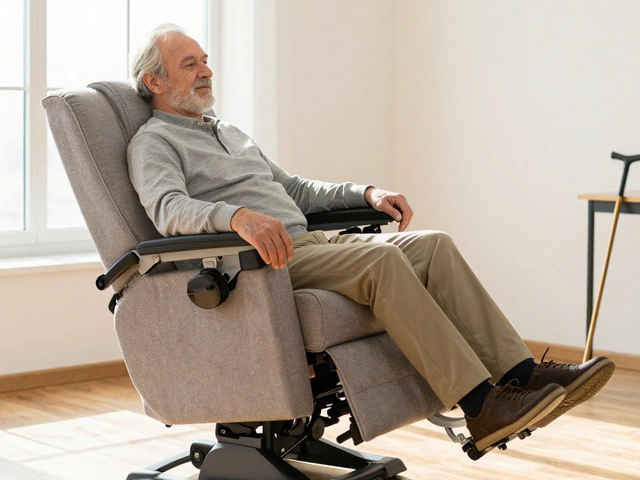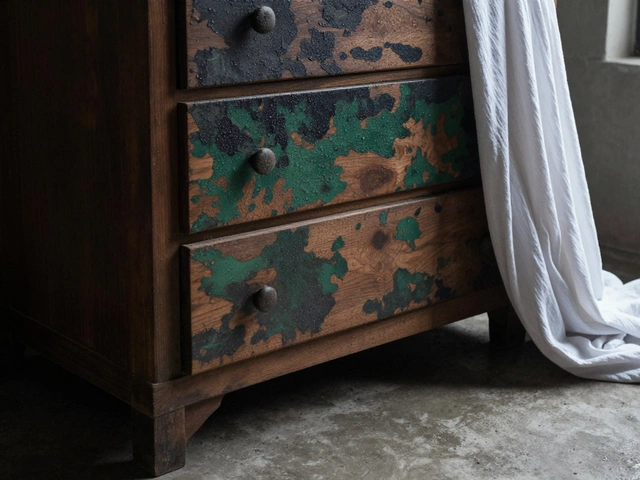Best Wood for Bookshelf: What to Choose for Strength and Style
Picking the right wood for a bookshelf can feel like a gamble—too soft and your shelves sag, too expensive and you break the bank. The good news is you don’t need a PhD in woodworking to make a smart choice. Below we break down the most popular woods, what they’re good for, and how to match them with your budget and décor.
Hardwoods That Hold Up
Oak tops the list for durability. It’s dense, resists dents, and takes stain well, so you can go light or dark. Oak’s grain is visible, giving a classic look that works in traditional or modern rooms. If you plan to store heavy reference books or pull out a ladder, oak’s strength will keep the shelves from bowing.
Maple is another solid pick. It’s slightly lighter than oak but still very strong. Maple’s tight grain makes it a favorite for painted finishes—think crisp white or bold navy. Because the wood hides imperfections, you get a smooth surface that’s perfect for a clean, contemporary vibe.
Walnut isn’t the cheapest, but its rich chocolate tone adds instant luxury. It’s sturdy enough for large collections, and the deep color hides dust better than lighter woods. If you’re looking for a statement piece, walnut can turn a simple bookcase into a focal point.
Budget‑Friendly Options That Still Perform
Pine is often the go‑to for DIYers on a budget. It’s soft, so it’s easy to cut and nail, but it can sag under very heavy loads. To boost pine’s strength, add a thick backing board or use metal brackets. Pine takes paint like a champ, so you can disguise its softness with a solid color coat.
Poplar sits between pine and hardwoods. It’s affordable, fairly straight‑grained, and can be stained to mimic more expensive woods. While not as hard as oak, poplar handles average book loads comfortably, especially if you keep shelf spacing reasonable.
When you’re on a tight budget, consider engineered wood or MDF with a real‑wood veneer. These materials look like solid wood but cost less. Just avoid placing the heaviest books on the very top shelf—keep weight lower to prevent bowing.
Now that you know the main wood choices, here are a few quick tips to make your bookshelf last:
- Use a minimum shelf thickness of ¾ inch for most hardwoods; go up to 1 inch for softer woods like pine.
- Leave at least 1‑2 inches of space between the shelf edge and the wall to allow for expansion.
- Install brackets or a solid back panel to add support, especially for longer spans.
- Finish the wood with a clear polyurethane or a good quality paint to protect against moisture and scratches.
Remember, the best wood for your bookshelf isn’t just about looks—it’s about how the piece will be used every day. If you need extra strength, lean toward oak or maple. If you want a high‑end look and can stretch the budget, walnut shines. For DIY projects, pine and poplar give you flexibility without breaking the bank.
Take a look at your room’s style, decide how many books you’ll store, and match the wood to both your aesthetic and functional needs. With the right wood, your bookshelf will stay sturdy, look great, and become a favorite spot in your home for years to come.
Best Wood for a Bookshelf: Your Guide to Picking the Perfect Material
Choosing the right wood for a bookshelf can make all the difference between a sturdy piece and a wobbly mess. This article breaks down the pros and cons of popular woods used in bookshelf making, from affordability to strength and appearance. You'll learn which types handle heavy books, which look best in your living room, and what to avoid if you're building or buying your own shelves. Even tips on what makes a bookshelf last and how to spot shortcuts some furniture stores take. Get clear, real-world advice for picking wood that actually holds up.
